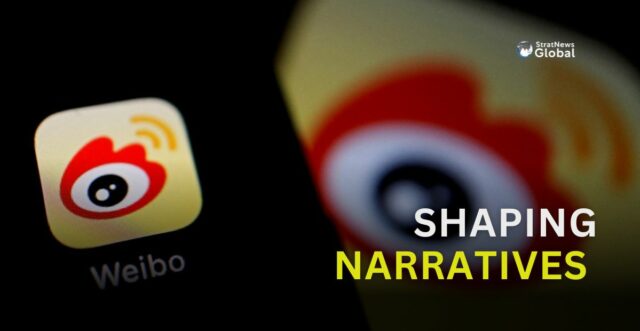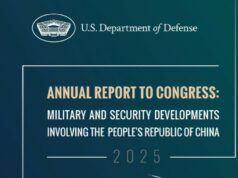India’s Operation Sindoor figures somewhere at the top on China’s social media with platforms like Weibo hosting lively if sometimes pronounced anti-India posts.
The hashtags #IndiaPakistanConflict and #IndiaOpenFired garnered traction within hours of the airstrikes becoming public.
Netizens explored various possibilities. One Weibo user @神往1234 posted “…..If India keeps messing around with water issue and tries to control water resources, Pakistan might just bomb the dam…”.
The larger narrative on Chinese social media is support for Pakistan. Some netizens say there should be a fight between the Chinese-built J-10C fighters in service with the Pakistani air force and the Rafale fighters on the Indian side.
As one user @沐童遥指杏村OvO posted “Now, we can truly test the strength of Chinese military Industry”.
Another user @-掌不大- posted “There must be a shadow of US behind this”, hinting at America’s larger role in the India-Pakistan confrontation.
Some posts circulating on Weibo cited Pakistani media claims that the Indian Army had raised the white flag at one of its posts. White flag meaning surrender. But there was no mention of where this happened or when.
Other comments mockingly targeted the Rafale jets and questioned their effectiveness.
With hashtags like #India Acknowledges The Loss Of Three Fighter Jets and #Pakistan Shot Down 6 Indian Fighter Jets gaining traction, the reaction from the netizens is mixed. While some boasted about the capabilities of the Chinese J-10 fighters supplied to Pakistan, others doubted the credibility of Pakistani claims.
While the facts on the ground take time to verify, and many posts appear to be a part of psychological war, online platforms have become battlefields of their own, seeking to shape the narrative and the perspective in real time.
The online narrative offers a glimpse of where users see themselves in the region’s shifting dynamics and what role they believe China should play in an increasingly contested neighborhood.





